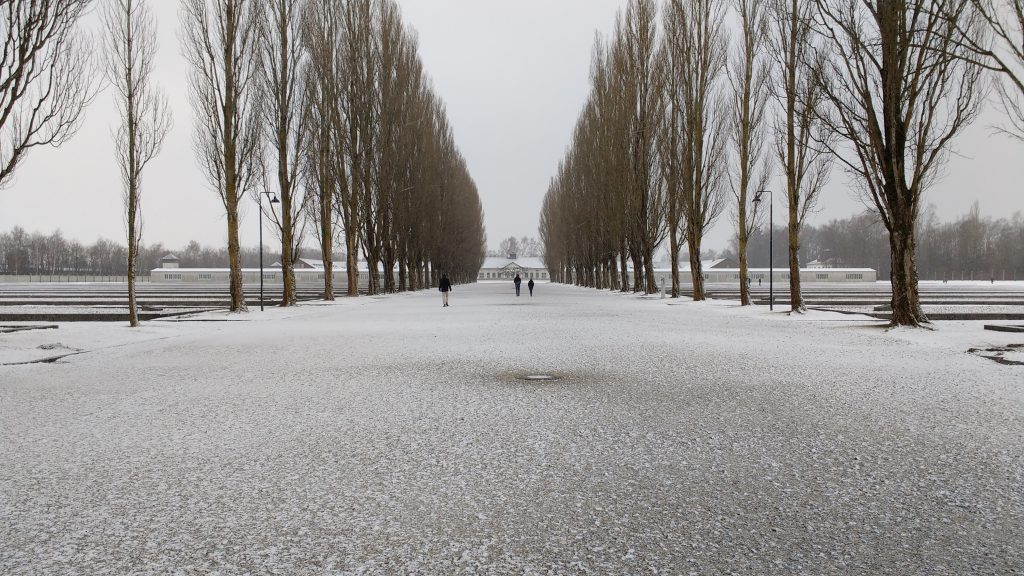Today we visited a massive Mercedez-Benz plant in Bremen. To give you an idea of its size, it produces about 1,150 cars per day and employs 12,500 people. We got to see a minimal part of the complex, but it was extremely interesting.
The tour started off with a short video about the plant, and a little bit about their production process. Our tour guide then brought us into a building where the cars were at their simplest states. We witnessed countless automated arms putting together the frames of the cars. These arms would apply strong adhesives or do spot welding extremely efficiently on one frame, then quickly move on to the next.
The next building housed the later stages of the production process. The car frames were much more fleshed out, being painted and finished on the outside. This building featured human workers installing features in the cars, one after another. They would be installing the dashboard in one station, putting in seats in another, and so on. The chassis of the car, including the engine, axels, brakes, and such was then brought from another building and then the frame was placed onto the chassis. It was incredibly smooth and efficient.
I was very impressed by the visit. So much was going on in the plant, but it all ran smoothly and in the end produced a beautiful car. I might just have to look into buying a Mercedes someday in the (far away) future.

